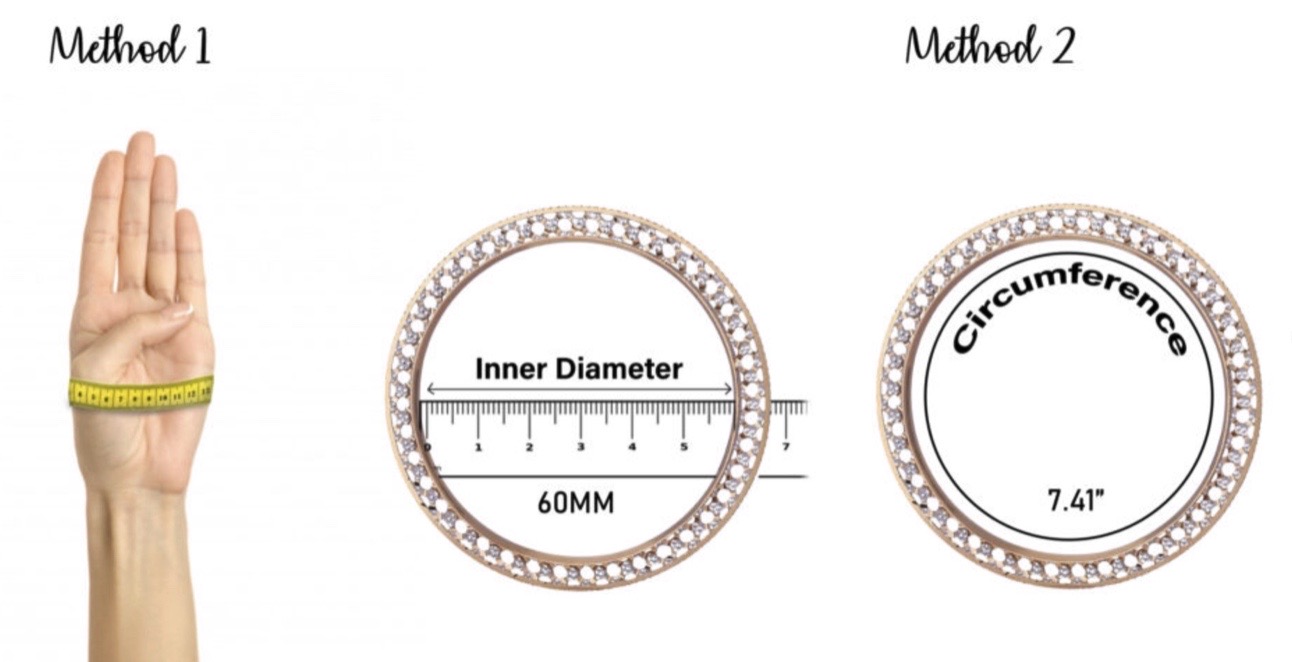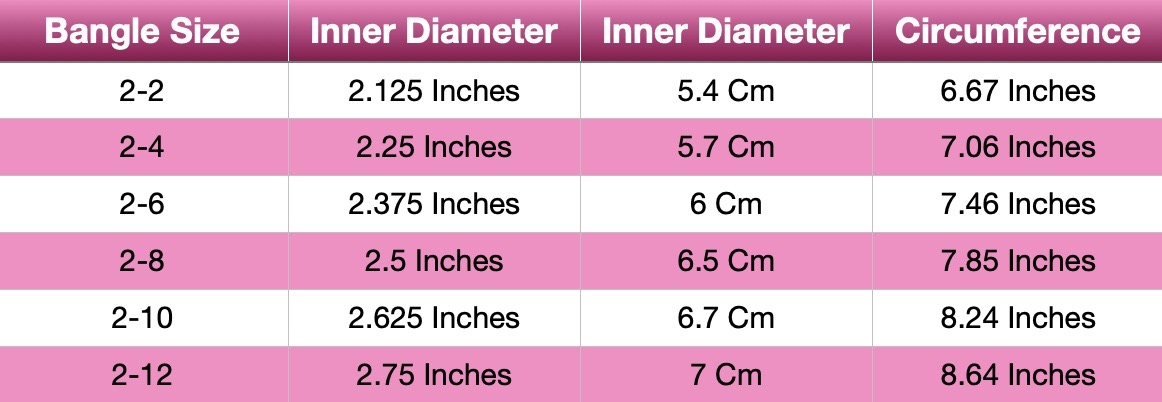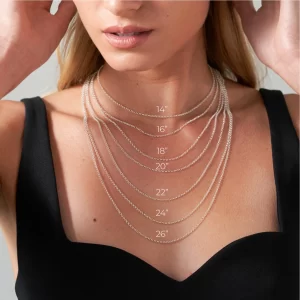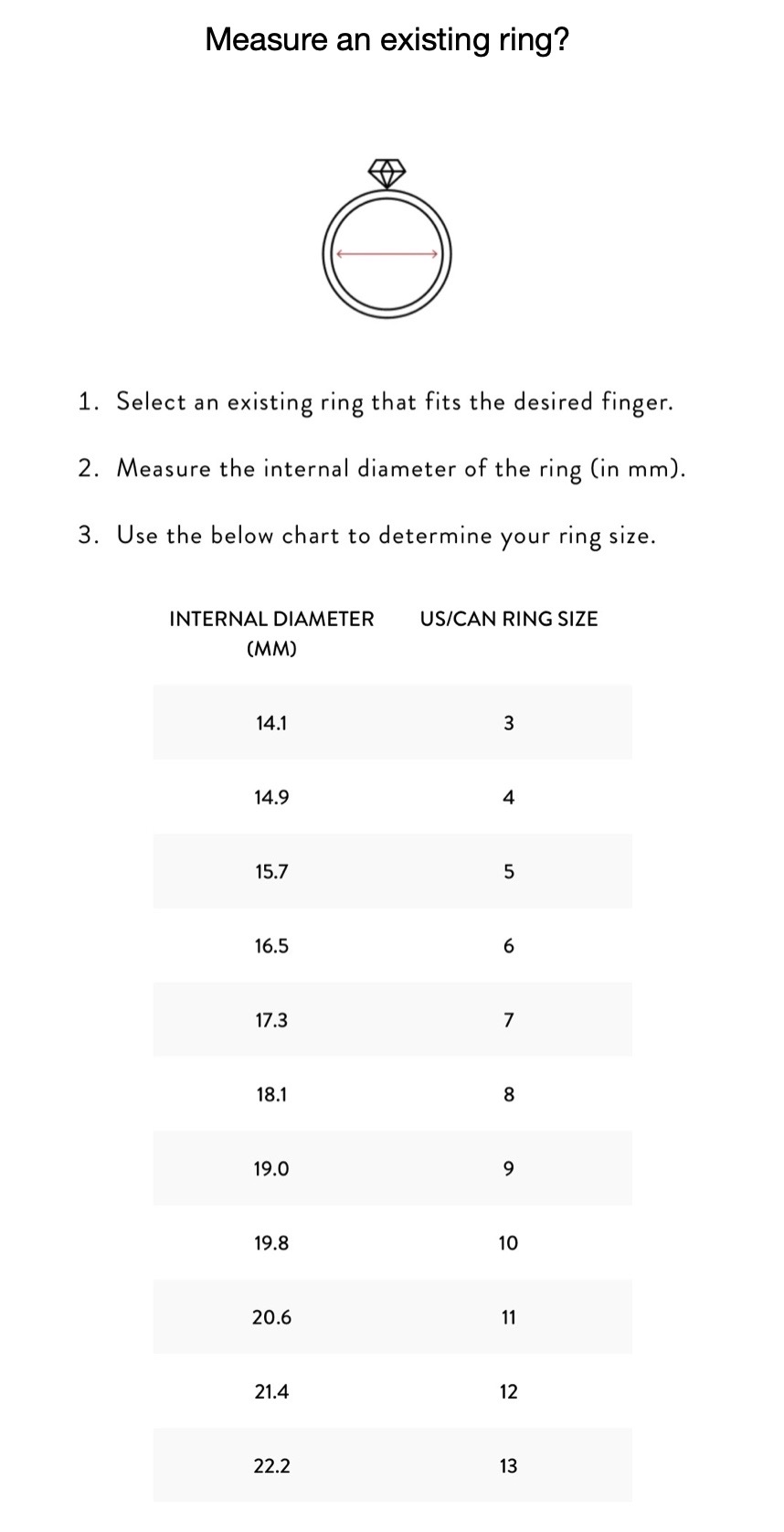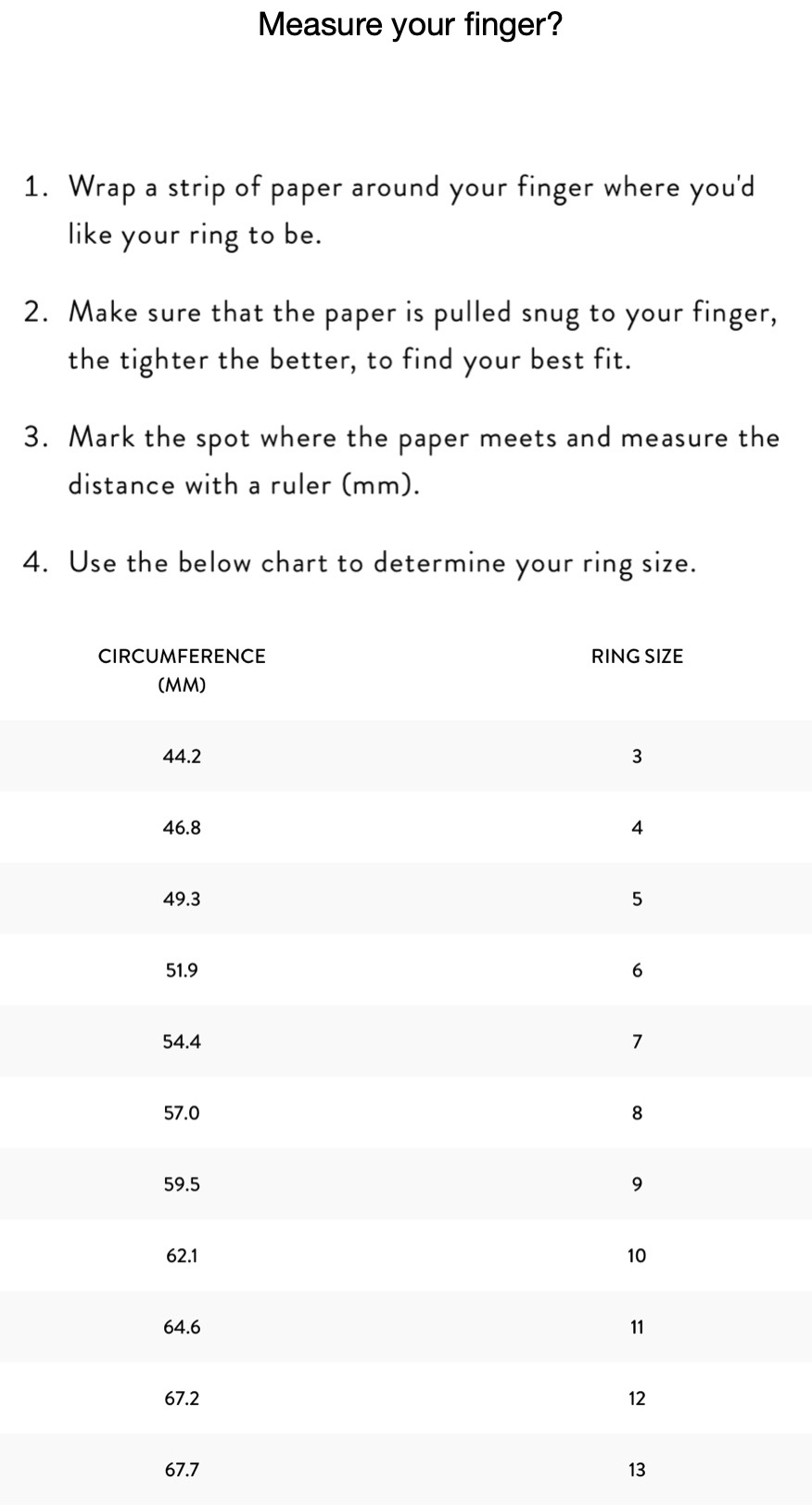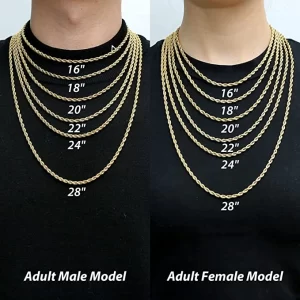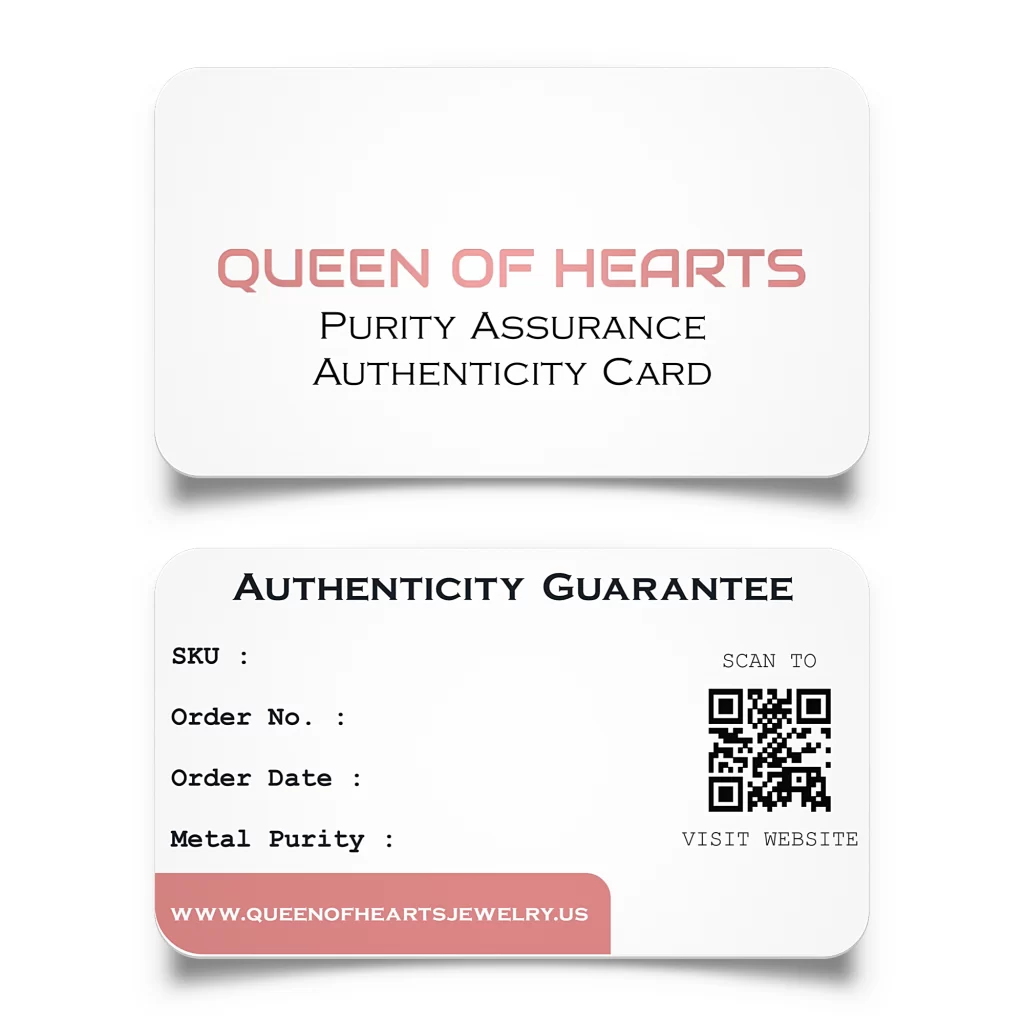How old is the world’s ancient form of bracelet?
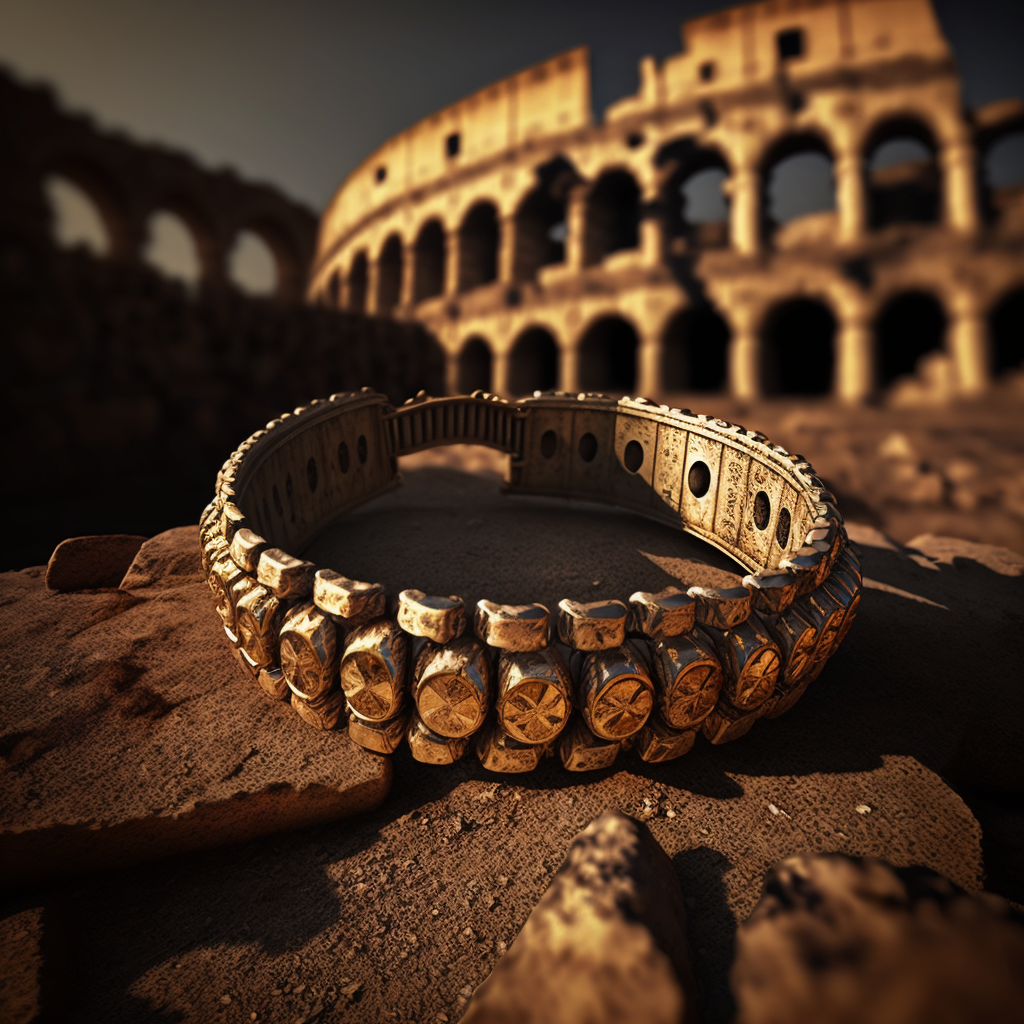
While you might consider jewelry to be a modern luxury, making and wearing jewelry pieces has actually been practiced since prehistoric times. From Ancient Greece and Ancient Rome to even the Neanderthal period, jewelry pieces were worn to signal power and authority, ward off evil spirits, or simply worn as symbols of prosperity and luxury. But how old is the world’s oldest bracelet? Let’s take a look!
HOW OLD IS THE WORLD’S OLDEST BRACELET?
The oldest bracelet in the world was discovered by archeologists and researchers in Denisova Cave in Siberia’s Altai Mountains, and is believed to have belonged to the Denisovans – making the bracelet around 40,000 years old. The bracelet itself was made of stone (chlorite) and is now on display at the Museum of History and Culture of the Peoples of Siberia.
While some researchers may debate whether or not this discovery really does represent the first ever bracelet in the world, it does signify that jewelry and bracelets were worn during the Paleolithic era.
WHO WORE THE FIRST BRACELET?
While we may never know the exact identity of who wore this stone bracelet, researchers believe that it was worn by Denisovans – an ancient group of humans that lived in Siberia some 40,000 years ago. They were a mix between modern Homo Sapiens and Neanderthals, and are believed to have been some of the first ever people to wear jewelry.
However, many other ancient civilisations also wore bracelets; Ancient Egyptians and Assyrians wore rings and bracelets made from gold, silver, and other precious metals, while Ancient Greeks and Romans also created intricate jewelry pieces with gold filigree work.
Elsewhere in Southeast Asia, bangles and bracelets have been worn for thousands of years, and are still an important cultural accessory today, symbolizing both marital status, auspiciousness and affluence. Today, India’s most famous bracelet is perhaps the choora bangle, which you can often find stacked on the arms of newly-married Indian women.
HOW WERE ANCIENT BRACELETS MADE?
While most modern bracelets are made with soft metals – such as gold bracelets 22k – ancient peoples had to get slightly more creative when it came to making jewelry. Ancient bracelets were often made with natural sources such as feathers, stones, shells, animal teeth, and bones or ivory. In fact, one of the earliest discovered necklaces was found by archeologists in Croatia, and had been strung together with eagle talons.
However, many ancient cultures also worked with metals, such as copper, bronze, or silver – which were mixed with other materials to create intricately designed pieces. The Egyptians were particularly known for their work in gold; mastering the technique of making thin strands of gold into chains that could be worn as jewelry or “amulets”, as they were referred to at the time. Different shaped amulets have since been found in Ancient Egypt tombs, and are believed to have been worn to protect the wearer from evil spirits.
WHAT COUNTRY INVENTED BRACELETS?
It’s difficult to say which country invented bracelets – especially considering that many parts of the prehistoric world have now changed their names and even adjusted their borders! However, bracelets have been found by researchers all across the globe, from the tombs of
Ancient Egyptians to Mesopotamia, also known as modern-day Iraq.
And given that researchers found a stone bracelet dating all the way back to the Paleolithic period, we may never truly know who first strung together a bracelet.
What we do know is that bracelets and bangles were featured heavily in many historic civilisations, from the Romans to the Ancient Greeks. In Greece, men wore bracelets to signify power; these bracelets could be found in the form of arm cuffs that were often worn during ritual battles or fights.
In Ancient Rome, bracelets were also worn to signify power and status; both men and women wore elaborate bracelets that would often be studded with precious stones or made from gold or other rare soft metals. Meanwhile, many women still wear bangles and bracelets to signify beauty or their marital status – much like the choora bangle in India. Even Indian Sikh men still wear the Punjab kada to this day; a steel bracelet that symbolizes their faith and religiosity.

